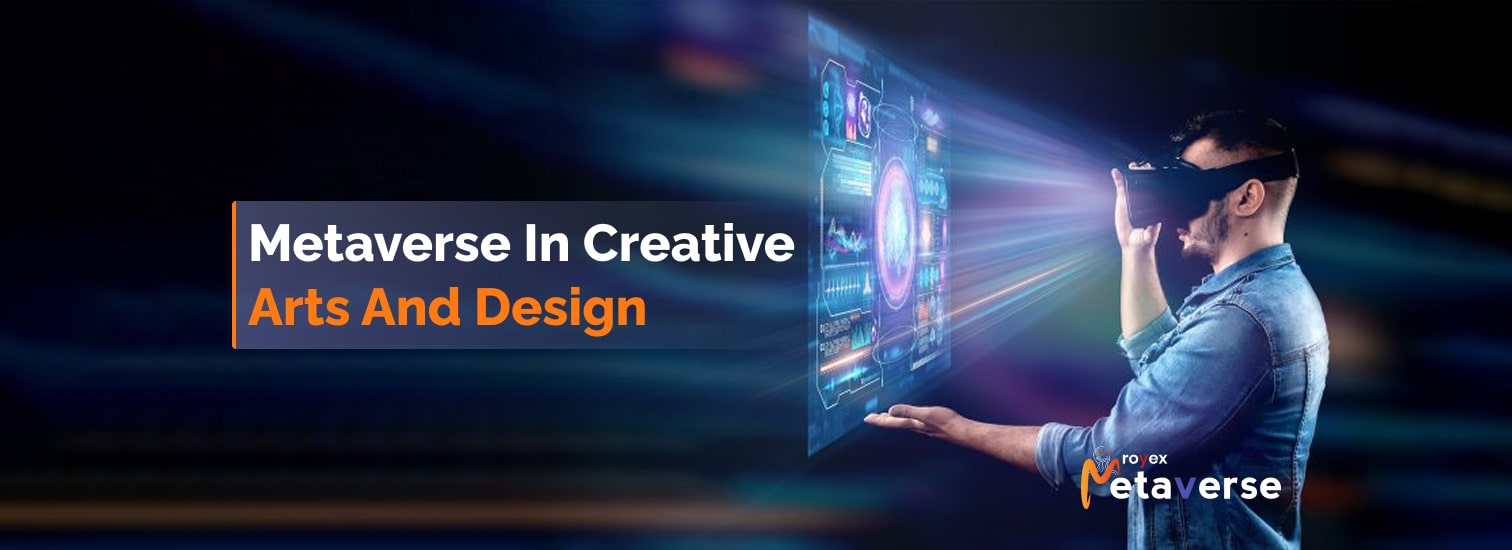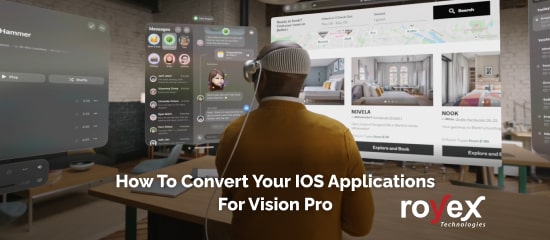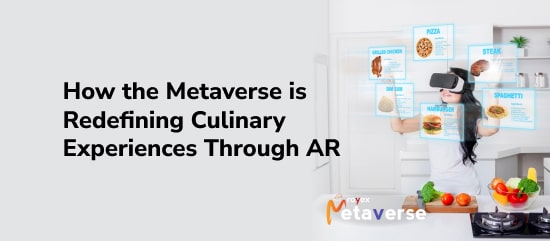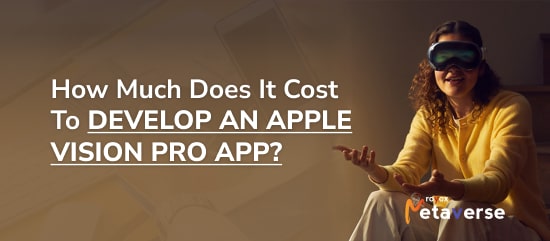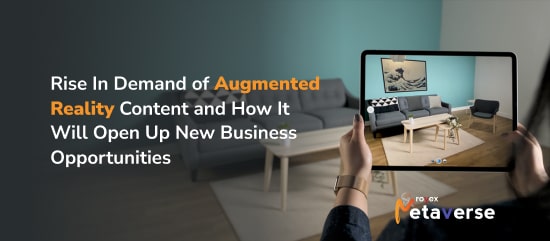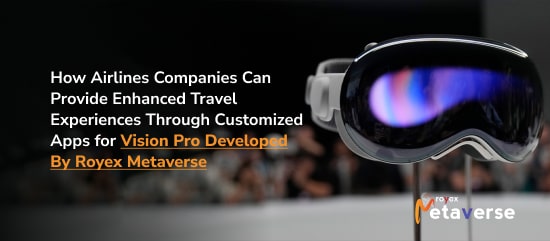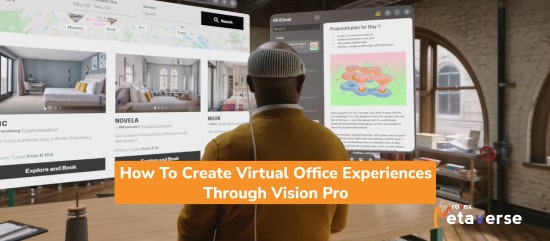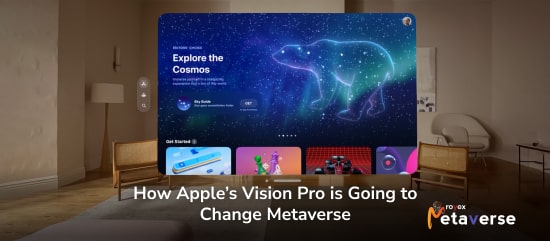In its early stages, the metaverse has demonstrated benefits for creators, ranging from the ability to pursue their passions while earning money in novel ways to easy collaboration and more. However, the metaverse might be intimidating to artists due to its unknowns. As someone who is building creative tools for this yet-to-be-fully-explored metaverse, hoping that it can be a home for all creatives, where they easily adapt and understand how it can help them accomplish their goals.
The metaverse, put, needs curb appeal. It requires collaboration between non-technologists and technologists in the form of artists, designers, and architects. Collaboration is key here since the metaverse needs to resemble the real world while simultaneously having its own unique visual style and appeal. Metaverse development can experiment with new digital art forms within a creator-led space.
What metaverse design needs are creatives who can enhance metaverses to be more appealing by focusing on how people navigate digital space organically. In other words, the metaverse requires creatives who can first grasp how people behave and move in real space and transfer those principles to the metaverse. Good design takes time and can easily slip down the priority list, especially since IT companies are famously leery of bringing in outside perspectives. However, that is the secret to maintaining hyperrealistic immersion in the metaverse.
Since art is intrinsically collectable, it's worth is determined by how valuable a potential buyer thinks it is. Before NFTs and the metaverse, it was simple to copy digital art. But now, digital art is just like any other form of art. Now it's possible to demonstrate the originality of digital art.
Power to the Artists
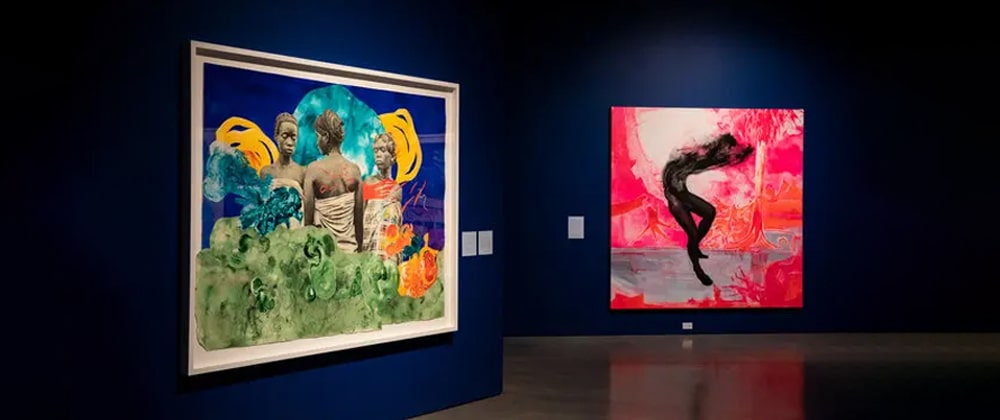
Sales of digital art increased in 2021, and the pattern has only continued over the last year. NFTs have been compared to the "emperor's new attire," but the market chooses the value. Critics may dismiss the metaverse – and NFTs in general – but for those who are interested in obtaining digital art, it is just like purchasing a genuine work of real art.
Supporters of this method of creating and selling digital art would argue that it is an even more honest marketplace – and a better investment for that buying. The NFT aspect provides online copyright control, and this type of work will never deteriorate. A piece of digital art's initial sale can bring in money for the artist. But they can also make money from future transactions on the same piece, thanks to the way that blockchain technology and online marketplaces, such as Super Rare, work.
The Possibilities of Digital Art
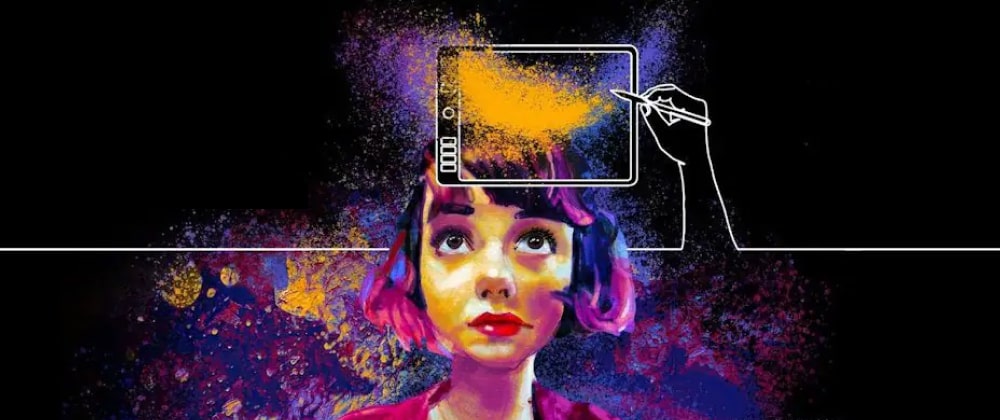
This entire decentralized process is known as Web 3.0, a new way to use the internet. Digital art is ideal for this kind of environment and should be able to thrive in a location where no one company is in control, and the balance of power appears to have been moved in favor of the creative. As these digital or virtual worlds become more common, there will be more opportunities for creative and artistic people to operate within them. The design of the metaverse, in the first place, comes from the artists themselves, and there is a better chance of protecting that space from bad actors. The effectiveness of the metaverse for digital artists will ultimately depend on who gains control of it. For everyone concerned, this is still a very new world. But, if the current ideals were kept, it would be a world that artists could enjoy. There are some key advantages to creativity in this new environment as Web 3.0 and the metaverse continues to develop.
The distinction between 2D and 3D art will dissolve
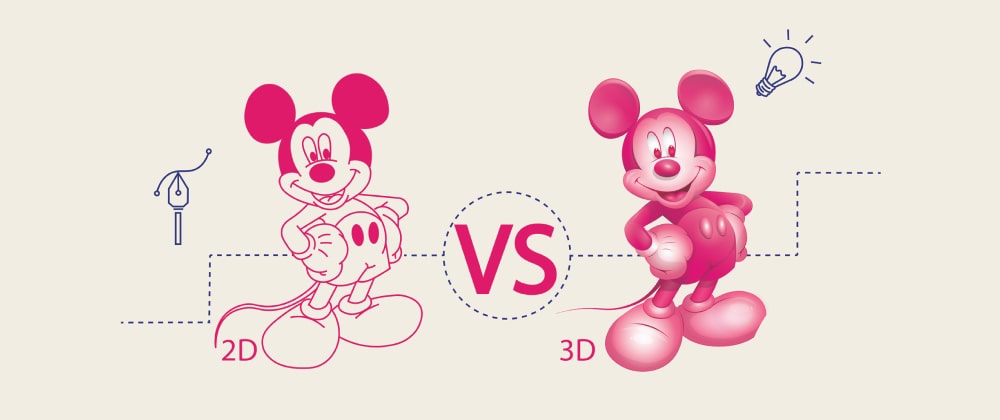
When it comes to creating 3D art, many creatives have a high learning curve, especially typically 2D artists who try to switch to creating 3D work in a digital environment. Due to rigorous deadlines for freelance work or side hustles, these creatives frequently encounter time and financial constraints, which adds to the difficulties they already confront. To be successful in this immersive realm, creatives need to understand how to leverage 3D technology that can do the work for them. With existing technology that detects form and shape, creatives can create in a dimension they are familiar with and automatically have their work rendered in 3D.
Creatives will become more connected and collaborative as they go digital
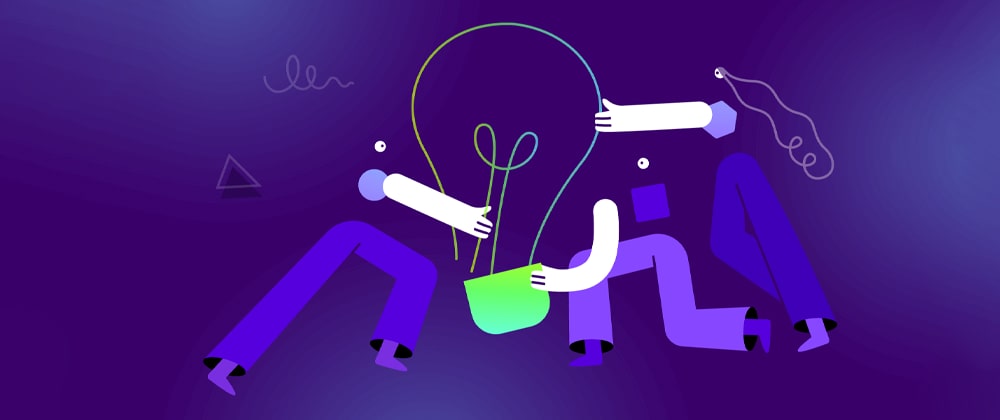
Social interaction, which is at the metaverse's core, draws many people to this virtual world. For creatives, connectivity goes hand-in-hand with collaboration, and the digital canvas will become dimensional and social as they work more efficiently and quickly together, remixing one another's work. Jeremy Cowart, a professional photographer and artist, summarizes how connectivity and collaboration in the metaverse will increase opportunities for creatives, adding, "I'm doing more collaborations than I ever have in my life/career.
Additionally, I feel more connected to other artists than ever. We are all aware that the Web 3.0 industry is quite new and hanging on by a thread. Therefore, to win, we all depend on one another. In this new economic sector, a rising tide lifts all boats.
Imagine having one piece creates an entire world or even a series of worlds—this is something we frequently see in real-world fandoms. An author writes a book that prompts fan art, catches the attention of filmmakers who create a movie, captures the hearts of children who hand-make Halloween costumes, encourages their own children to read the original books, and so on. All of this is possible in the metaverse, where creatives can express their own works of art to people who can remix them as much as they want, allowing for a seamless transition between creator and consumer.
Creatives will have complete flexibility to create
Artists who have previously had to worry about copyright laws and preserving their work will be free to create without fear of their work being stolen or shared without acknowledgement, with the unconditional premise of sharing art in the metaverse. Systems and markets in the metaverse will make it simple to transfer rights using attribution models and ensure that the creators are fairly compensated.
What Will The Metaverse Creativity Do Next?
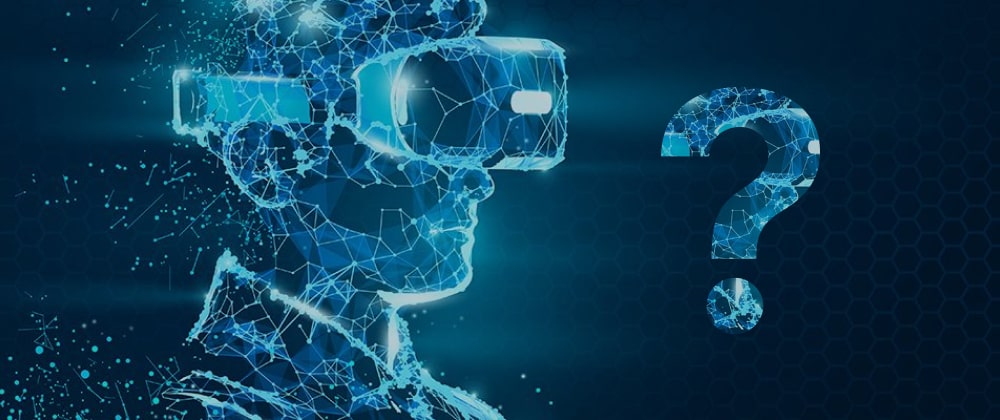
As the metaverse continues to develop, creatives can apply learnings from building the original World Wide Web and use all the advantages this virtual environment has over the real world. Many creatives are afraid to enter this uncharted territory and are unsure of what lies ahead. More creatives will feel empowered to use what the metaverse offers despite unavoidable obstacles, and artists will always confront new hurdles, particularly when stepping into a new creative domain. The metaverse will bring collaboration, identity, and creativity to new heights, all while preserving and enhancing the realism of physical art.
Royex Metaverse is a leading Metaverse development company in Dubai, UAE. We are at the forefront of adopting and developing the next generation of Internet technology - Metaverse. With leading Metaverse App development services and solutions, we can help you uncover new possibilities! We provide a wide range of future-ready metaverse services such as Metaverse Shopping App, Sandbox & Decentraland Property Design, Metaverse Land Purchase, NFT creation & Minting, NFT Marketplace Development, Smart Contracts Development & Custom Blockchain Development. Our Metaverse Services and solutions let you create dynamic and realistic virtual worlds and real-world environments for better business collaboration.
Check our website and portfolio for any metaverse development service in Dubai to see our previous works. Contact us via email at info@royex.net or call us at +971566027916 with your requirements.

